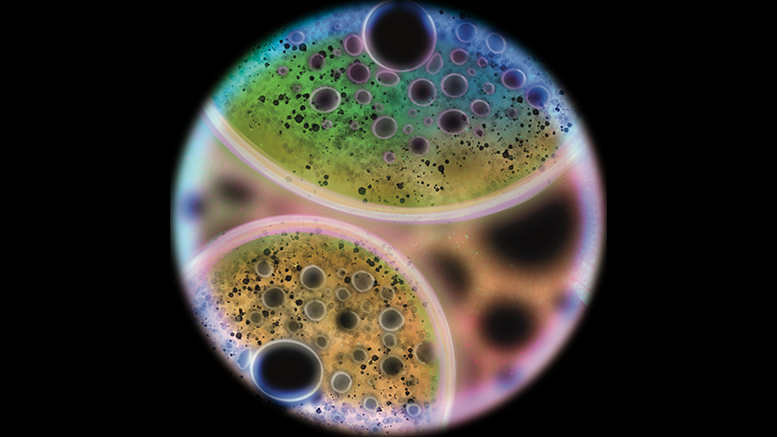Lei Xing had always been fascinated by the human brain.
Initially, his desire to understand the inner workings of the brain led him to medical school to become a medical doctor. When he ultimately changed his career path and went into research, Xing knew he wanted to spend the rest of his life uncovering the secrets of developmental neuroscience.
“I always wanted to study the brain, because there is so much we don’t know about [it],” Xing said, now an assistant professor in the U of M’s department of biological sciences. “In order to understand how the human brain functions, we need to learn how the human brain becomes this elegant structure.”
Xing completed three independent research projects during his postdoctoral degree.
The first research project looked at progenitor cells in the brain. Progenitor cells are undifferentiated cells that can turn into a variety of mature, specialized cells depending on the needs of the body. Xing aimed to understand how hormones and neurotransmitters — chemical messengers that carry communications from one nerve cell to another — regulate progenitor cells in the developing brain.
He found that as a neurotransmitter, serotonin can encourage progenitors to divide rapidly. The more progenitors that appear during development, the more brain cells form as a result. This eventually leads to a larger brain.
“We think this is one of the major players that contributed to human brain development and essentially made our brain so much bigger compared to other species,” Xing said.
The second project Xing completed looked at the gene ARHGAP11B, which is found only in humans. The gene forces a specific type of progenitor found in the neocortex to rapidly multiply. This human-specific gene regulates the growth of cells to encourage progenitors to “give birth” to many brain cells.
“This gene in particular contributed to the evolution of the human brain, because only in the evolutionary lineage leading toward humans [did] this gene emerge.”
Xing’s third project looked at how ARHGAP11B works with other genes to ensure progenitor cells produce large numbers of brain cells.
When placed in mice, Xing found that human ARHGAP11B genes led to parts of their brains expanding and their memory becoming more flexible, suggesting that the mice’s cognitive ability may have been improved. Similar results were noted in ferrets and marmosets.
Xing’s ongoing research is centered on the human placenta, an organ that forms in the womb during pregnancy and provides oxygen, nutrition and waste removal for a growing baby. The study began by exploring the placenta to examine what molecules it secretes that may be linked to progenitor cells.
Xing’s team found one particular molecule that may cause progenitor cells to multiply especially quickly. The next step in the project is to incubate mouse tissue with this molecule and see if it increases the number of progenitors. Eventually, he plans to grow miniature human organs with the molecule to determine whether it truly is causing more progenitor cells to appear.
Ultimately, Xing aims to further explore the human placenta and placental signals, comparing them to other species to determine the precise role of the placenta in brain development. His goal is to understand what specific characteristics lead to the development of the human brain and contribute to our higher cognitive functions and larger brain size.
“Research like this project will certainly broaden our knowledge,” said Xing. “The information gained from projects will help us to understand much better about how human brains develop and grow […] This will provide the fundamental knowledge also to understand the basics of some of the neurodevelopmental disorders.”
He explained that if scientists are able to understand precisely what unique biological players contribute to the development and growth of the human brain, they can use that information to guide the development of therapeutic approaches to diseases and disorders. The fundamental research he produces as a neuroscientist adds to a growing body of work that continually improves the lives of patients.
“Fundamental research, or basic research, is what moves our society forward,” Xing said. “We need all of this knowledge. Then we can apply them.”




